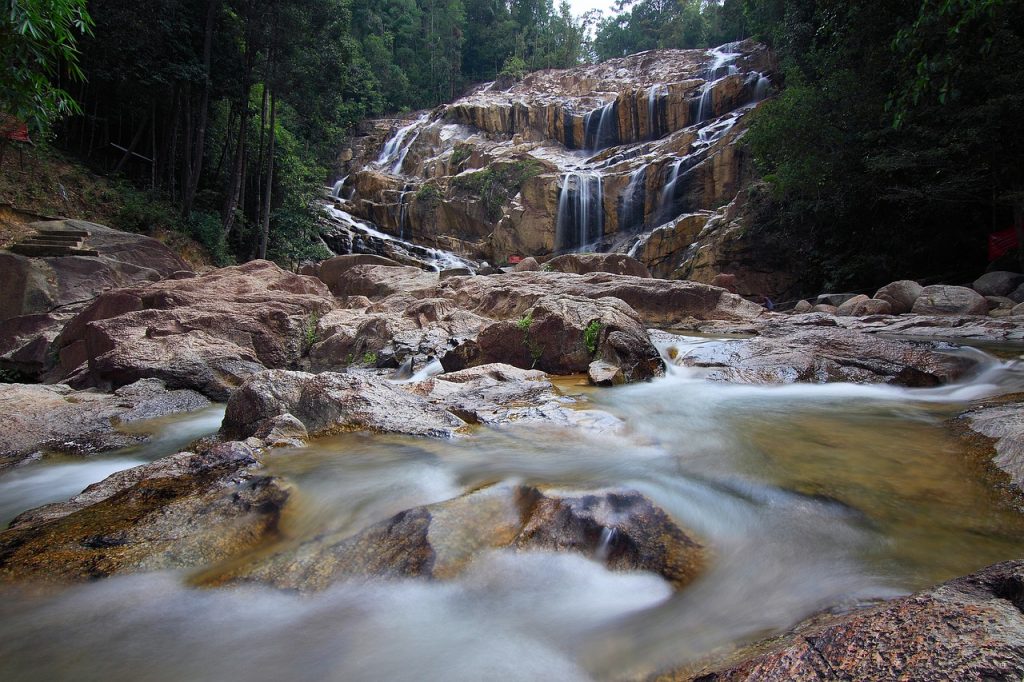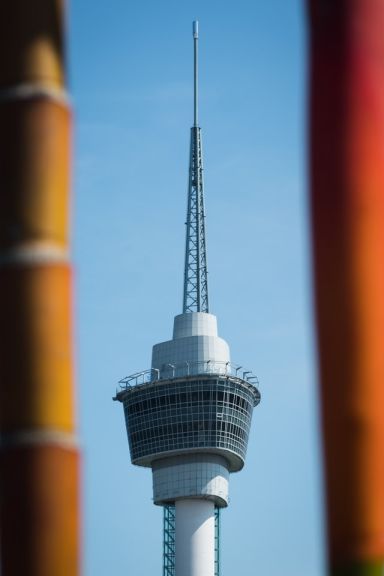HISTORY
 The history of Pahang goes back a long time. What is clear is that the state’s coastal area and hinterland comprised part of the ancient trade route between China and the rest of Asia.
The history of Pahang goes back a long time. What is clear is that the state’s coastal area and hinterland comprised part of the ancient trade route between China and the rest of Asia.
At various periods in the past, the region has been the site of rival claims by neighbouring early empires, including the Langkasuka-Kedah and Srivijaya powers that dominated the region prior to the 11th century.
Thereafter, Nakhon Si Thammarat Kingdom or the Kingdom of Ligor which was one of the major constituent city states of the Siamese kingdom of Sukhothai controlled a sizable part of the Malay peninsula including Pahang during the 13th century.
More recent historical records indicate that the rulers of Pahang and Malacca waged various wars against each other during the heyday of the Malacca sultanate.
After the fall of Malacca to the Portuguese in 1511, Siamese control over the state appears to have been reasserted by the Ayutthaya kingdom. Another influence over Pahang’s development in the early period was China with accounts of envoys from the state paying tribute to the Ming rulers of China.
The next stage in Pahang’s historical development appears in the 19th century. It was around 1850 that Kuantan is said to have been founded. According to Munshi Abdullah:
…On Thursday night came a boat from Kuantan. Then they told the ship’s crew there’s a pirate ship at Tanjung Tujuh, forty of them and at Pulau Kapas, and as well at Pulau Redang; it was spotted by two Kuantan boats and they set off.
In its earlier days, Kuantan was known as Kampung Teruntum. The village situated at the mouth of Teruntum River was established by settlers from Sumatra and its early economic activities included fishing and small businesses.
Towards the mid and late 19th century, the arrival of Chinese miners and traders saw the establishment of a larger township, especially with the opening of mining areas in Gambang and Sungai Lembing.
Later development followed the pattern in the west coast states with Pahang coming under British residential rule in 1888 and the opening up of rubber plantations which attracted Indian settlers. The period of British colonial rule also witnessed the opening up of export oriented mining and agricultural development and the establishment of physical and human infrastructure to support it.
The outcome of British administration – government buildings, road networks, commercial buildings, parks and other urban features – remain prominently in Kuantan today.
A brief interlude in British colonial rule occurred when the town and state fell into the hands of Japanese military forces during the second world war. One episode associated with Kuantan’s history at this time was the sinking of the British warships, HMS Prince of Wales and HMS Repulse, off the coast of Kuantan on 10 December 1941.
Kuantan, despite its increasing prominent economic role in the state, did not become the state capital until 1955 when the decision was made to move to it from Kuala Lipis which had served as the state capital during the 64 years earlier. Since then the town has experienced rapid development and today it is a vibrant growth center for the state and the eastern region of the country.



















